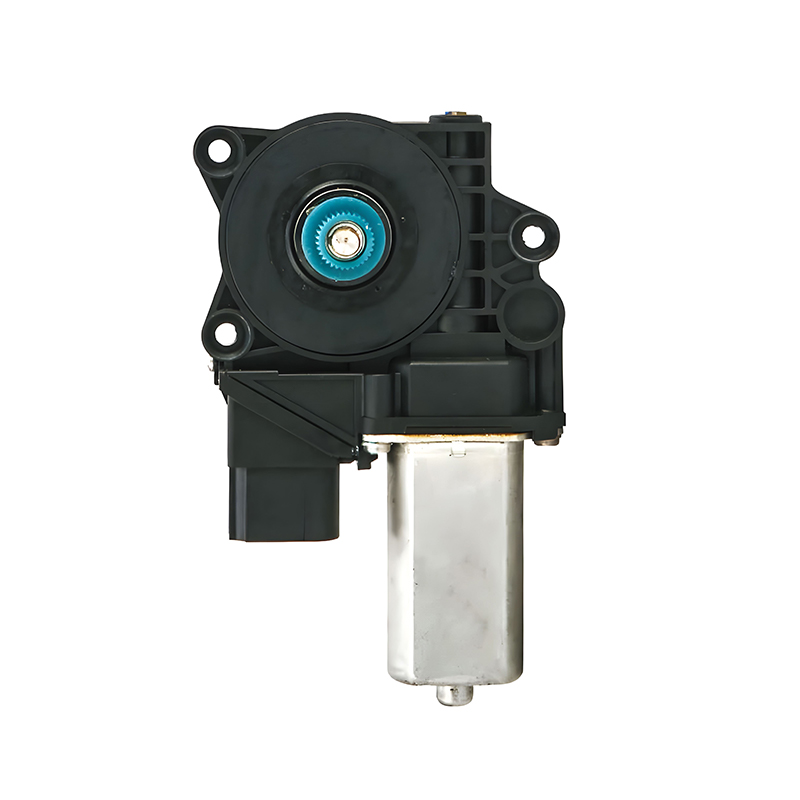This type of motor plays a critical role in maintaining vehicle comfort and functionality while meeting the demands for reduced weight and efficient use of space.
Lightweight seat structures are becoming a significant trend as manufacturers look to enhance fuel efficiency and overall vehicle dynamics. Integrating compact motors into these seats allows for smooth adjustments without adding unnecessary bulk. Among the essential motors used in automotive interiors, power seat motors stand out as key elements that directly affect the comfort and ergonomics of the driver and passengers. These power seat motors must be small enough to fit within the confines of the lightweight seat frames while providing sufficient torque and precise control.
The design of these compact motors carefully balances size and performance. They are engineered to work reliably within the limited space available in lightweight seats, which often have thinner frames and less structural mass compared to traditional seats. This slim profile does not compromise the motor's durability or function. In fact, such compact motors are often designed with advanced materials and optimized winding techniques to ensure consistent operation over the vehicle's life cycle.
An important consideration is how these motors integrate with other vehicle systems. For example, a front driver side power window regulator relies on a motor system that must complement the space-saving approach used in seat design. The front driver side power window regulator motor is typically positioned within the door panel, and its size and efficiency are crucial in ensuring smooth window operation. Although the motor's function differs from that of power seat motors, both need to be compact and reliable to meet overall vehicle design goals.

In practice, power seat motors for lightweight seats have been developed to handle multiple adjustment functions. These include forward and backward sliding, reclining, and height adjustments. The motors must provide smooth and quiet operation to maintain the cabin's comfort level, especially for the driver, who interacts with the seat more frequently. The front driver side power window regulator motor, while focused on window movement, shares the demand for quiet and precise control.
From a manufacturing perspective, the compact motor suitable for lightweight seat structures benefits the production line by allowing easier assembly and integration. Its smaller size reduces the need for bulky mounting hardware and simplifies wiring connections. This efficiency also helps in optimizing the layout of the door assembly where the front driver side power window regulator is installed, as space is often at a premium.
Moreover, the compact design contributes to overall vehicle weight savings, which plays a role in improving fuel economy and handling. When the power seat motors are lightweight but still capable of meeting performance requirements, they align well with the goals of modern automotive engineering. This balance is particularly important as vehicles incorporate more electrical systems that demand power without compromising efficiency.
In terms of maintenance and durability, these compact motors are often subjected to rigorous testing. The power seat motors must withstand repeated adjustments throughout the vehicle's service life, and similarly, the front driver side power window regulator motor faces frequent use and environmental exposure. Their design includes features to manage heat dissipation and reduce wear on moving parts, which helps maintain performance stability over time.
Another advantage of compact motors in seat structures is their ability to enable more flexible seat design. Without large, heavy motors taking up space, designers can explore different seat shapes and materials, potentially enhancing both aesthetics and ergonomics. The front driver side power window regulator motor's compactness also supports slimmer door panel designs, contributing to a cleaner interior appearance and more cabin space.
The coordination between the compact power seat motors and other vehicle motorized components like the front driver side power window regulator reflects an overall approach to automotive design that prioritizes efficiency, space optimization, and user comfort. While each motor serves a distinct function, its shared characteristics—such as size reduction, reliable operation, and integration capability—highlight the industry's move toward smarter motor solutions.
In conclusion, the compact motor suitable for lightweight seat structures plays a vital role in today's vehicles by combining size efficiency with functional reliability. These motors support smooth and precise seat adjustments, contributing to the driver and passenger's comfort. Meanwhile, components like the front driver side power window regulator motor complement these efforts by offering compact, efficient performance in the door systems. Together, power seat motors and window regulator motors demonstrate the importance of thoughtful motor design in the ongoing evolution of automotive interiors.
Your email address will not be published. Required field are marked*